In addition to loving miles & points, I’m also a huge avgeek. When I fly, I want to know everything about the plane I’m traveling on. Not because I’m scared, but because some planes have really interesting histories. It’s amazing how many airlines some aircraft have flown for over the years.
For those who are curious about the age of planes, I figured it would be fun to share how I go about determining the age of the planes I’m flying on.
In this post:
How to determine the age of a plane by looking at it
Say you’re at the departure gate for your flight, and the aircraft is there. How can you tell how old it is? The key is to figure out the aircraft’s registration code, which is typically a five to six digit code (in some countries it has just letters, while in other countries it can have numbers too).
The full registration code of an aircraft can typically be found toward the back of the fuselage. For aircraft registered in the United States, this will always start with the letter “N.” For example, take the below American Airlines aircraft — if you look closely, you’ll see that the registration code is N835NN.

Once I have that information, I’d recommend Googling “[aircraft registration code] Airfleets,” with airfleets.com being an awesome website that shows the age and history of aircraft. Here’s the page that returns — as you can see, this is a roughly 12 year old Boeing 737-800.
If you can’t easily see the registration code (because it’s at the back of the aircraft), sometimes there’s a clue closer to the nose. For example, take the below American Eagle aircraft. As you can see, it has the registration code N755SK. You’ll also see “755” written just below the cockpit window, so that’s a further clue. This plane is a roughly 17 year old SkyWest CRJ-700.

Sometimes there’s also a clue on the panel immediately above the forward wheels. For example, take the below JetBlue aircraft, which has the registration code N2016J. If you can’t quite make that out at the back of the aircraft, you’ll see “2016” written just above the forward wheel. Again, “N” is how all aircraft registrations in the United States start, and in this case “J” is always the last letter for JetBlue aircraft registrations. This plane is a roughly two year old JetBlue Airbus A321neo.
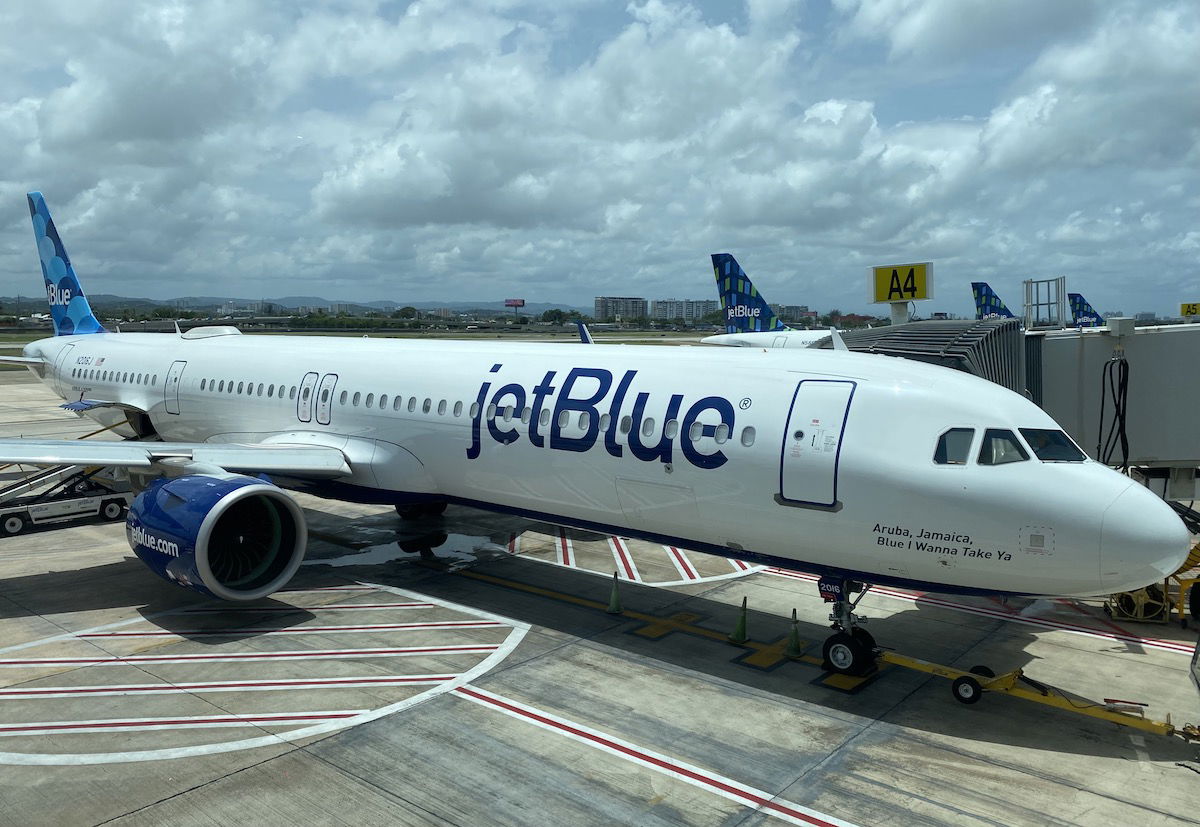
Just to give an example of a non-US registered plane, take the below Lufthansa aircraft, with the registration code D-ABYR (all planes registered in Germany start with “D”). This plane is a roughly seven year old Boeing 747-8.
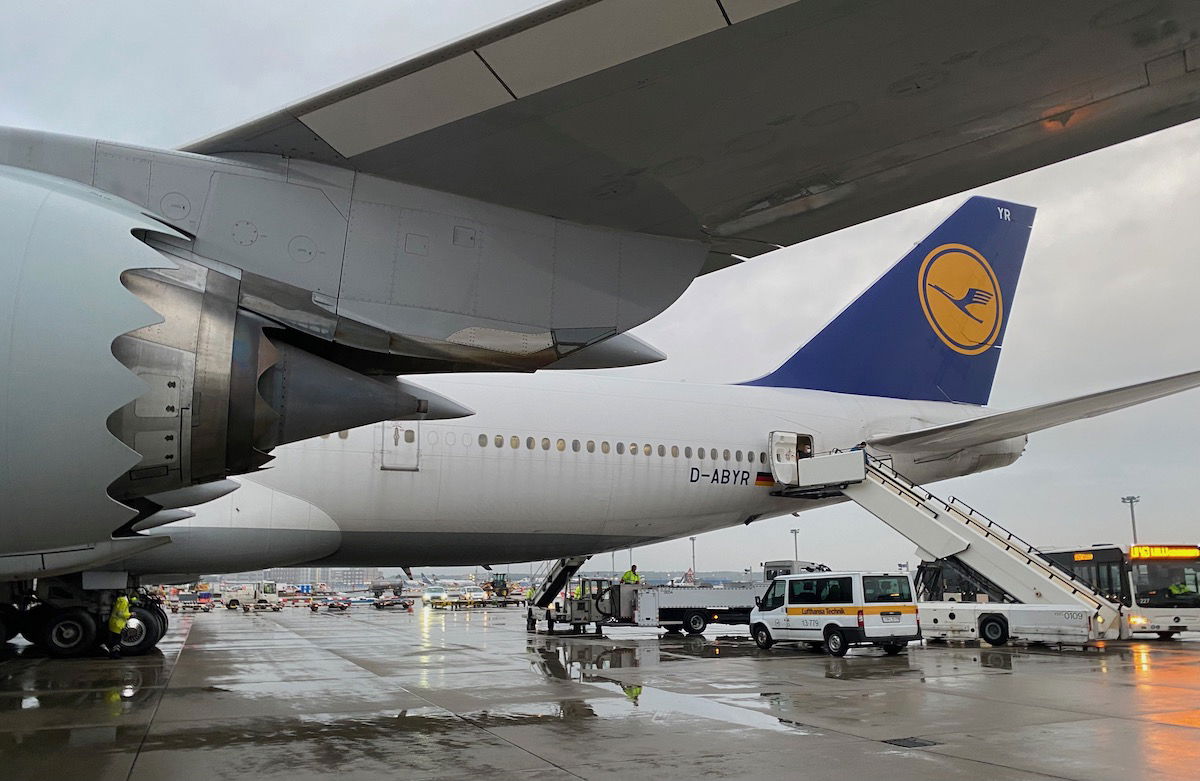
If you’re at a gate it’s not always possible to see the registration code, though, especially if the jet bridge is blocking it. Below is a picture I took of a Lufthansa 747-8 at Chicago O’Hare. Above the forward wheel I saw it said “YD.” Since registration codes are often sequential, I could assume that the registration code was D-ABYD (since all Lufthansa 747-8s start with “D-AB”).

How to determine the age of a plane without looking at it
How do you determine in advance which aircraft is scheduled to operate your flight? While you can’t tell way in advance, you usually can tell day of departure by determining the registration code. How do you figure that out? It’s a two step process.
This will only work if you’re searching close to departure, since airlines typically don’t assign tail numbers until fairly close to departure, and that’s always subject to change anyway until the plane leaves.
Let’s say you’re flying later today from New York to London on American Airlines flight AA100. The easiest thing to do is to just Google “[flight number] Flightradar24.” So in this case I Googled “AA100 Flightradar24.” That should bring you to this page. There you’ll find the registration codes listed for the next two AA100 flights, with one departing today and one departing tomorrow. As you can see, for February 4 it’s expected that N736AT will operate that flight.

If you’re a paid Flightradar24 subscriber, then you can just click the registration code and you’ll see that this is a roughly five year old plane.

If you’re not a paid subscriber, you can then Google “[aircraft registration code] Airfleets,” as I recommended earlier. In this case I’d search N736AT, which would bring you to this page.
Why plane age doesn’t actually matter
As I mentioned at the start of this post, I like to keep an eye on this stuff because I’m an avgeek and I genuinely find it to be interesting.
To those who are concerned about the age of a plane, I just want to emphasize that age is just a number, and has very little impact on safety. There are a lot of other factors to consider, from the number of cycles, to maintenance practices, to pilot training, etc. Personally I think people just shouldn’t worry about airline safety, but if you are concerned, age of aircraft isn’t what you should be focused on.

There are planes with interesting histories
Admittedly the aircraft I’ve used in the above examples don’t have especially exciting histories, as they’re mostly from airlines that are known for buying new aircraft. However, at times aircraft histories can get very interesting. Let me give a couple of examples.
I pulled up a random Condor Boeing 767-300 that’s in service with the registration code D-ABUM. The plane has been flying for nearly 28 years, and had a few previous owners.

If you want to take a look at an extreme example, there’s the Nolinor Boeing 737-200 that’s still in service with the registration code C-GNLK. The plane has been flying for over 47 years, and has flown for everything from Transavia, to Saudia, to Aerolineas Argentinas, to Air Florida. The things that plane must’ve seen!
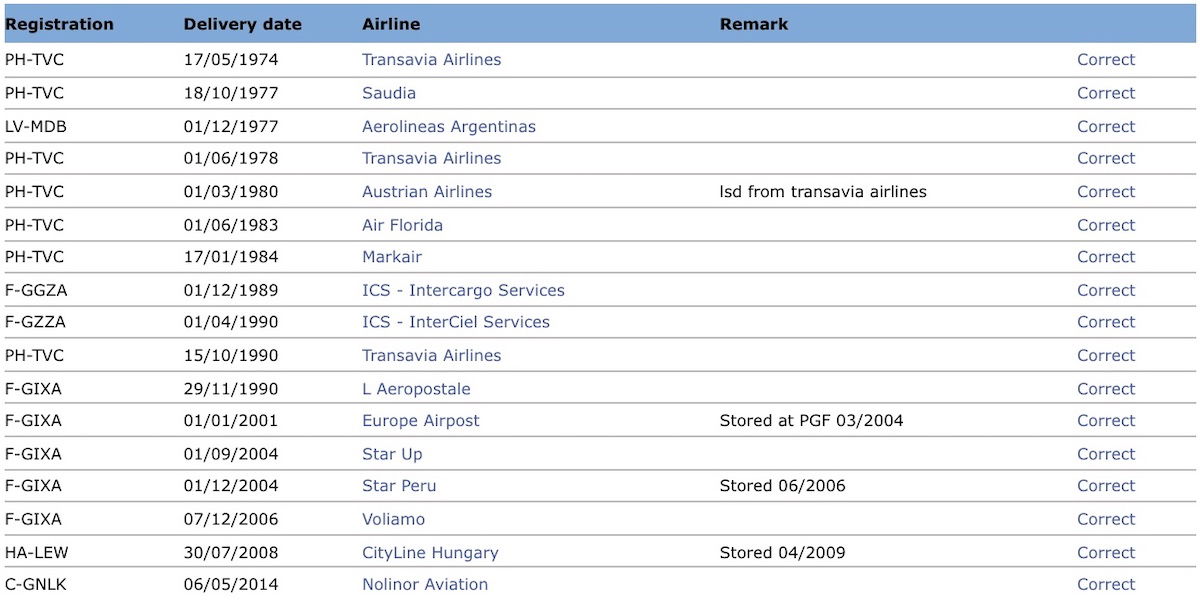
Bottom line
It’s not too hard to tell the age of the airplane you’re flying on. The trick is to figure out the registration code of the airplane, and then go to airfleets.com to look up when it was produced. It can also be fun to see if the plane has flown for any other airlines in the past, as some planes have pretty global histories.
I just want to once again emphasize that aircraft age as such shouldn’t matter. If you’re a nervous flyer, don’t assume that a new plane is safe and that an old plane is dangerous.
While we’re talking about avgeeky things, here’s a post about how to tell airplanes apart.
Anyone else enjoy looking up the age and history of planes they’re flying on?


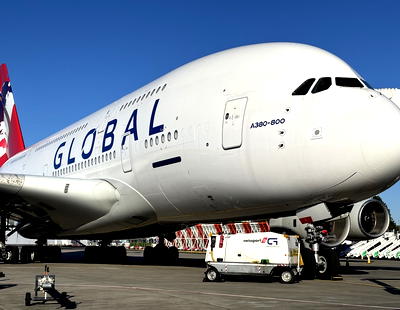
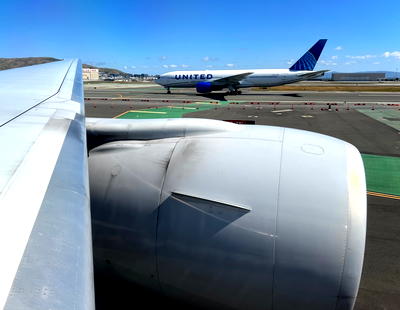
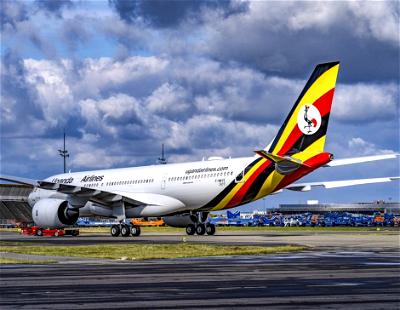
Is there any way to obtain the actual flight history of a specific aircraft? Every flight it has logged?
Very Cool Thread.
I agree whole heartedly about the number of cycles Vs the number of years an aircraft has been in existence.
I was an Army Helicopter crew chief back in 1982 and the aircraft I was assigned to was a UH-1H Helicopter with a tail number of 661015.
US military aircraft do not have an N in front of them
But the numbers on the tail mean that it was manufactured in 1966...
Very Cool Thread.
I agree whole heartedly about the number of cycles Vs the number of years an aircraft has been in existence.
I was an Army Helicopter crew chief back in 1982 and the aircraft I was assigned to was a UH-1H Helicopter with a tail number of 661015.
US military aircraft do not have an N in front of them
But the numbers on the tail mean that it was manufactured in 1966 and was the 15th off the assembly line.
So, than, in 1982 when I was to assigned this aircraft it was already 16 years old.
But here is something to think about also.
A cycle of an aircraft is one landing.
Aircraft in the USA are assigned a number of lifetime cycles by the FAA Federal Aviation Administration, in other words the number of times an aircraft has rotated into the sky and has come back down.
But what this does not cover is pilots who many have landed hard as that would cause more stress cracks on the aircraft causing structural damage that was not accounted for.
Luckily, we have airworthiness certificate that have to be registered on each aircraft and they have to be done at certain intervals and must include routine stress fracture testing done by Magnaflux or Eddy current.
But like anything mechanical it all depends on who is operating it as to how much load and stress is put on it.
"Nolinor Boeing 737-200 that’s still in service with the registration code C-GNLK. The plane has been flying for over 47 years"
"The things that plane must’ve seen!"
Seen?
Is it Theseus?
Would also be nice to fine somewhere that actually tracks the cycle and hours rather than age.
Hi, another way is looking at the "rating label", it's a plate on the plane body where the front door is and is situated inside where the door and the body seals,it gives lots of interesting information a.o the year of manufacture.But of course the internet gives much more information then the rating plate.
We built this into Flighty.app for these EXACT reasons! Just like tapping “where’s my plane” repeatedly… just show me. We made it all-in-one.
Great info. Love it - next flight going to check.
In the old days you could look at the window and it would have the month and date it was manufactured.
And for those that have the flighty app that info is readily available for your flight
Or do the easy version: Walk on the plane and look right above the door. There will be a copy of the FAA airworthiness certificate that shows you when that plane was first approved by the FAA
I once flew on an Air France A380 which had a major engine failure 5 days later and got stuck in Goose Bay, Canada for several weeks (AF 66). Good thing I record all the flight details of any flight I go on.
I once flew on a US Airways A320 that was less than a month old. It seemed to have a new car smell. All the fixtures seemed new, not scratched up. One flight attendant assigned to first class was also giddy, confirming that the galley also looked new.
I write down tail number of every flight I take. Most interesting was flying on the same aircraft with different carriers and in the different part of the world. That particular A330 was ex-Etihad plane, operated by Air Seychelles and a few years later it was with Fiji Airlines. I routinely checked tail number and was surprised to discover that it's the same plane. Interior was still the same.
Oldest plane I flew on, was...
I write down tail number of every flight I take. Most interesting was flying on the same aircraft with different carriers and in the different part of the world. That particular A330 was ex-Etihad plane, operated by Air Seychelles and a few years later it was with Fiji Airlines. I routinely checked tail number and was surprised to discover that it's the same plane. Interior was still the same.
Oldest plane I flew on, was from 1957. I was glad to see production the date after the flight. It was DHC-3.
I generally only check after the flight. If it's 26 years old and has had 8 previous owners I'd rather not know until afterwards! As much as a fly I'm still a nervous flyer. In fact strangely I'm more nervous now than when I had flown much less.
These days there are a lot of airplanes that are older than the pilots that are flying them. Especially freighters.
@Lucky; I see the Jet Blue A321neo on your post and wonder if this is a neo-thing. I recently also flew a TP A321neo and observed the same. Is there a specifical reason why they have two Overwing Exits? Former A321's always have just 2 x 4 separated Exits.
It's not a Neo thing directly. Airbus Cabin-Flex (ACF) changed to the new door layout after the NEO introduction. See https://en.wikipedia.org/wiki/Airbus_A320neo_family#Cabin_Flex for more details/options.
Thanks mate!
Extra exits are added to some models based on increased capacity.
There are no extra Exits, only replaced.
I also think another easy way to check is if you download the App in the Air app. You can check by adding your flight number and within 2 days or so of departure, you can check the tail number.
A lot of into including age is at planespotters.net